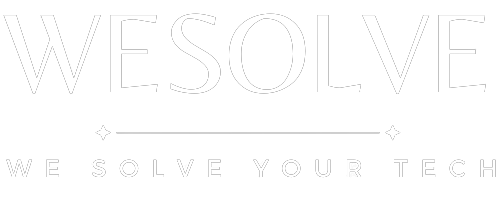5 Steps to Optimized Value Stream Management for Agile and Development Leaders
In an organization’s pursuit of digital transformation and innovation, the onus largely falls on agile and development leaders, who must field requests from business leaders and manage expectations, all while speeding time to market. In performing this balancing act, leaders continue to be stifled by misalignment, which creates tremendous waste and inefficiency and leads to low employee morale.
It’s for these reasons that Value Stream Management (VSM) has become increasingly prevalent.
Through effective implementation of VSM, development leaders can establish portfolios, programs, and cross-functional teams that are better aligned with business objectives. In the process, they can make better funding decisions, help their teams execute more efficiently, and scale their agile implementations. The following sections outline the key steps leaders can take to successfully make the move to VSM.
Step 1: Identify value streams
The successful implementation of VSM starts with defining value streams. In a software organization, a value stream may be comprised of products, teams, and tools. These definitions need to be based on a solid understanding of how your organization creates and delivers value, from when an initial investment idea arises to when customers receive value. This is a critical starting point and a vital effort to get right as it sets the foundation for planning, funding, and determining objectives and key results (OKRs).
Step 2: Align with the business
Once consistent value streams have been defined, a VSM platform ensures that business strategies can more easily be aligned with the actual delivery of work efforts. This starts with negotiations between leaders of business and delivery organizations, who have different incentives. For the business, it’s all about innovation and ROI on new products, services, features, and so on. For development, it’s about keeping the lights on with the least amount of time and money — all while meeting business demands. Through this negotiation, teams can gain buy-in and alignment, and outcomes can be defined for teams accordingly. When teams encounter challenges or need to weigh tradeoffs, such as balancing between innovation and architectural optimization, stakeholders can do so with shared, well-defined visibility into priorities.
Step 3: Rally your teams
To make agile development as scalable as possible, it is vital to enable teams to have visibility into common goals, while giving each team the flexibility to work with their preferred tools and methodologies. VSM ensures that no matter what is in the toolchain, teams can aggregate all data and metrics. This enables insights based on a single source of truth — so all value stream participants and stakeholders can always understand what they need to deliver and how their work contributes to value delivery.
Step 4: Execute with confidence
Teams need to determine the optimal way to get work done, and then execute effectively. Now more than ever, this means providing transparency and visibility, which is essential in reducing friction and increasing trust. By having one source of truth, teams can more effectively adapt to shifts in business strategy or other changes, without having an adverse impact on other work.
Step 5: Evolve and improve
Delivery leaders need to work with their teams to measure success and iterate, so future work is more efficient and effective. Toward this end, it is essential to empower teams to gain access to meaningful data so they can observe challenges and gain insights for continuous improvement. In addition, it is also vital to communicate results and learnings up through the business, and to amplify success across teams.


